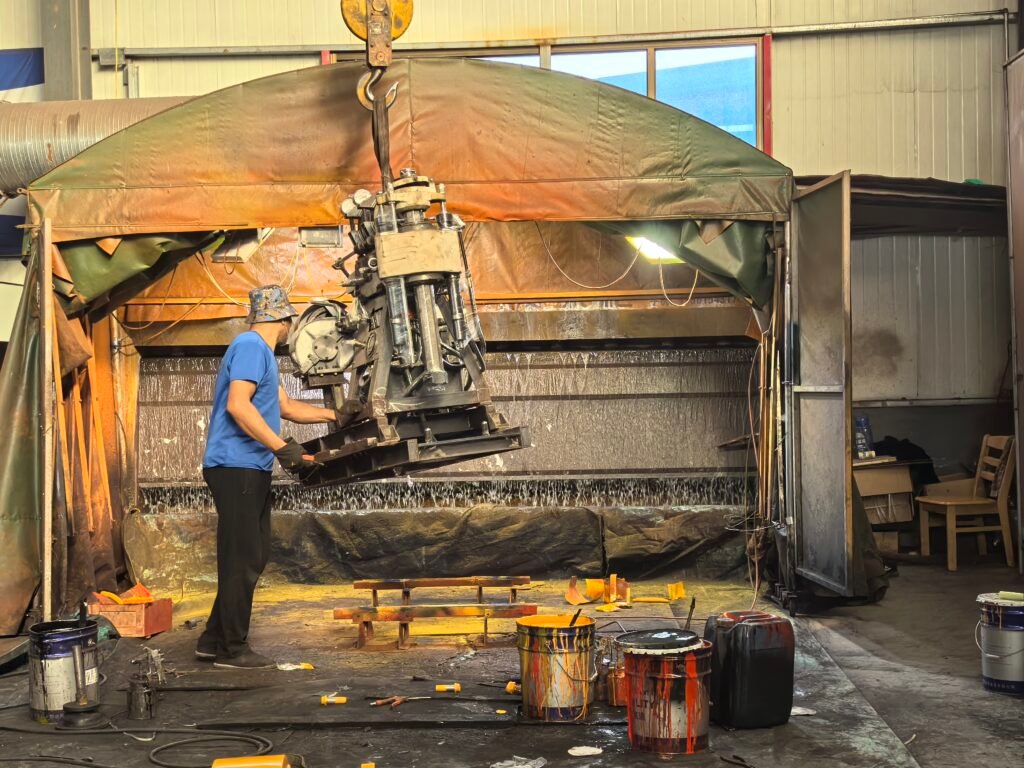Alaska, known for its rugged terrain, extreme weather, and abundant natural resources, is a hub for the oil and gas industry. Drilling rig workers, particularly oil rig drillers, play a crucial role in the state’s economy. But how much do these workers actually make in Alaska? Let’s dive into the numbers and explore the factors that influence their earnings.

Average Salary of Oil Rig Drillers in Alaska
The average gross salary for an oil rig driller in Alaska is87,203peryear∗∗,whichtranslatestoanhourlyrateof∗∗87,203peryear∗∗,whichtranslatestoanhourlyrateof∗∗42. This figure is18% higherthan the national average for oil rig drillers in the United States, reflecting the premium paid for working in Alaska’s challenging environment. In addition to their base salary, drillers in Alaska earn an average bonus of$1,657annually.
Entry-Level vs. Senior-Level Salaries
Experience plays a significant role in determining an oil rig driller’s salary. Here’s a breakdown based on experience levels:
- Entry-Level Drillers (1-3 years of experience): Earn an average salary of $62,809 per year.
- Senior-Level Drillers (8+ years of experience): Command an average salary of $107,432 per year.
This wide range highlights the potential for career growth and increased earnings as workers gain expertise and take on more responsibilities.
The Cost of Living in Alaska
While salaries for oil rig drillers in Alaska are higher than the national average, it’s important to consider the state’scost of living, which is26% higherthan the U.S. average. Expenses such as food, transportation, healthcare, housing, and utilities are all more expensive in Alaska due to its remote location and harsh climate. For example, shipping goods to Alaska often incurs additional costs, which are passed on to consumers.
Despite the higher cost of living, the elevated salaries in the oil and gas industry often make it possible for workers to maintain a comfortable lifestyle. However, careful budgeting is essential, especially for those new to the state.
Why Are Salaries Higher in Alaska?
Several factors contribute to the higher salaries for oil rig workers in Alaska:
- Remote and Harsh Working Conditions:
Alaska’s oil fields are often located in remote areas with extreme weather conditions, such as the North Slope. Workers must endure long hours, isolation, and freezing temperatures, which justifies higher pay. - Demand for Skilled Labor:
The oil and gas industry in Alaska requires highly skilled workers to operate complex machinery and ensure safety in challenging environments. This demand for expertise drives up wages. - Economic Importance of the Oil Industry:
Oil and gas are critical to Alaska’s economy, accounting for a significant portion of the state’s revenue. To attract and retain talent, companies offer competitive compensation packages.
Is It Worth It to Work on an Oil Rig in Alaska?
For those willing to embrace the challenges of working in Alaska, a career as an oil rig driller can be financially rewarding. The combination of high salaries and opportunities for advancement makes it an attractive option for individuals with the necessary skills and experience. However, potential workers should weigh the benefits against the higher cost of living and the demanding nature of the job.
#drilling rig #drilling rig size

